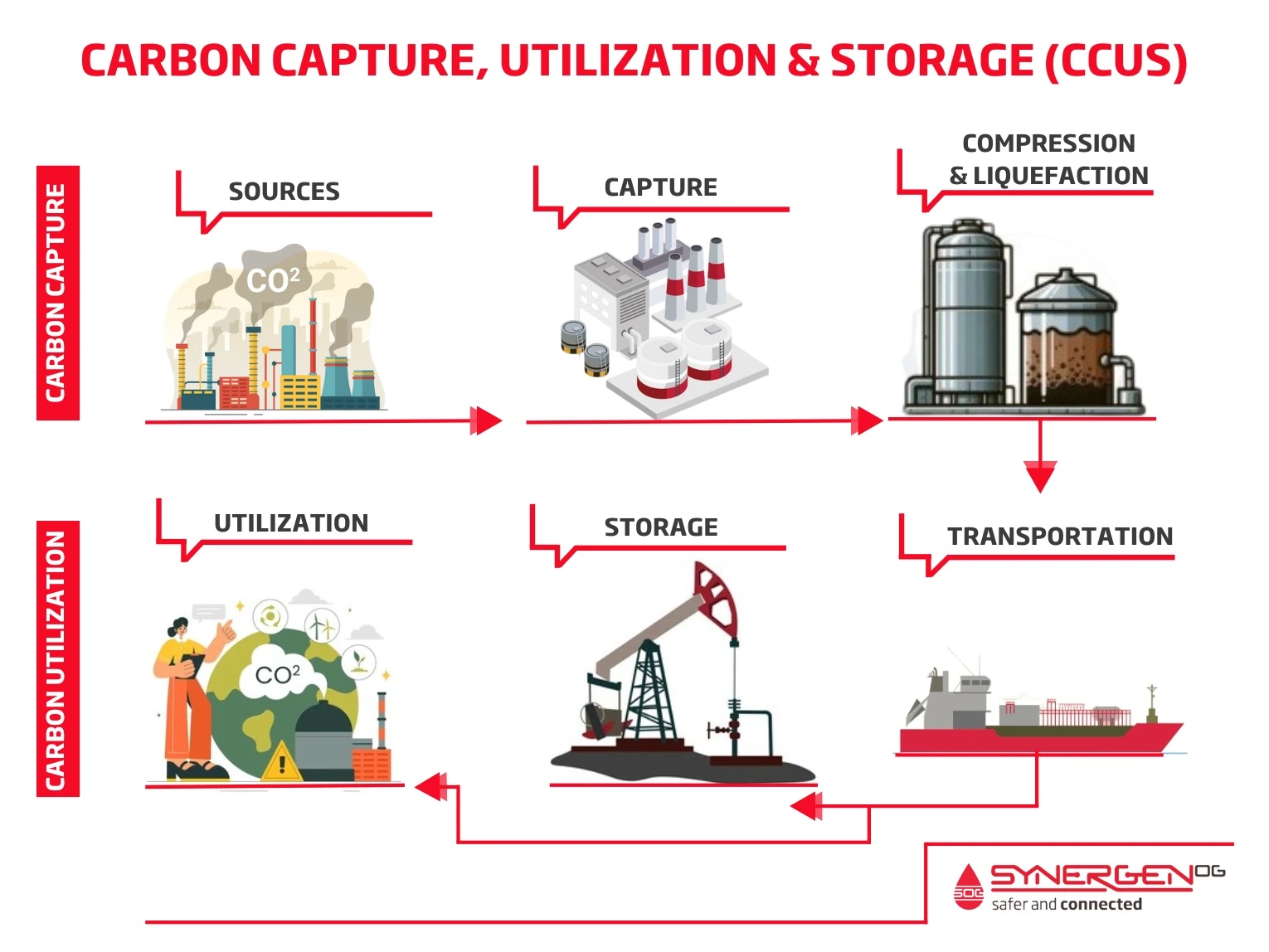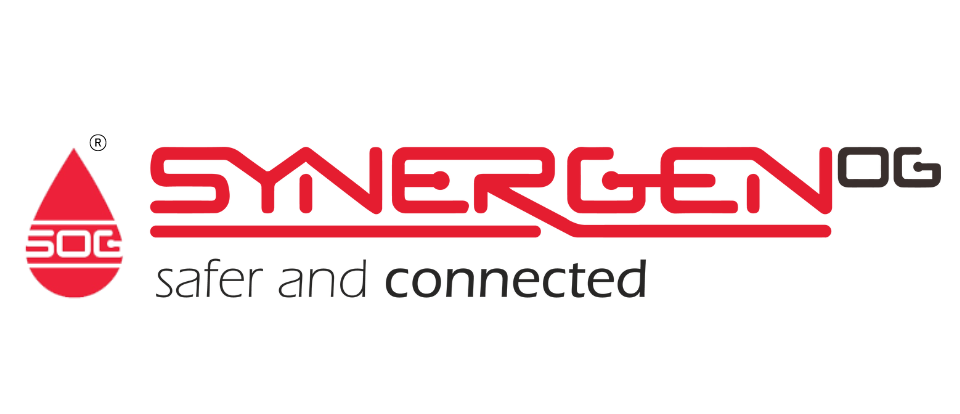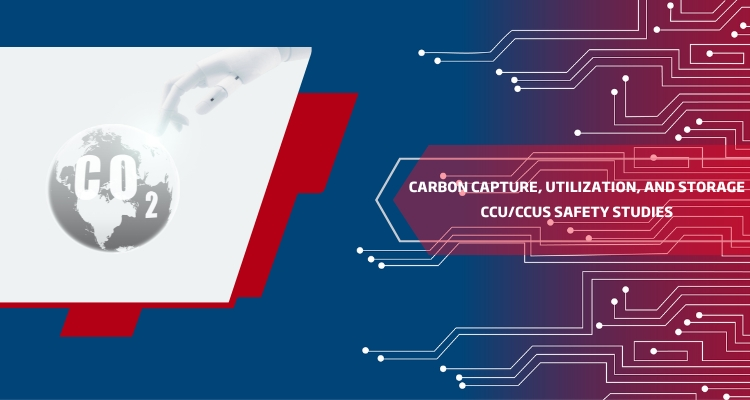CCU refers to technologies that capture carbon dioxide (CO₂) emissions from industrial processes or the atmosphere and repurpose it for beneficial use. The captured CO₂ can be utilized in various ways, including producing synthetic fuels, enhancing greenhouse crop growth, and manufacturing chemicals and plastics.
Carbon Capture, Utilization, and Storage (CCUS)
CCUS builds on CCU by adding permanent storage of captured CO₂. In addition to utilizing CO₂, CCUS involves sequestration in geological formations, such as depleted oil and gas reservoirs or deep saline aquifers, preventing its release into the atmosphere.
Process Safety at CCS/CCUS Facilities

Safety studies are critical for CCS/CCUS facilities due to the unique hazards associated with handling CO₂ at scale. While these technologies are essential for reducing carbon emissions, they introduce process safety risks such as asphyxiation, high-pressure containment failures, and rapid phase changes. Additionally, impurities in CO₂ streams can lead to corrosion, toxicity, or reactivity hazards.
To ensure safe operations, thorough risk assessments—including HAZID, HAZOP, and QRA—are essential. Engineering controls such as strong containment, leak detection, pressure relief systems, and emergency response protocols must be integrated into facility design.
Given the potential for accidental releases and operational failures, a proactive safety approach is necessary. Implementing best practices in process safety management (PSM) will help mitigate risks, enhance system reliability, and ensure the long-term viability of CCS/CCUS technologies in achieving sustainability goals.


